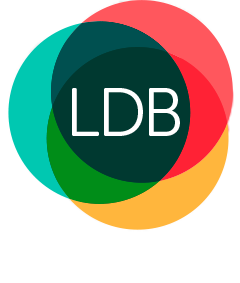What you need to know about JobKeeper payments and WorkCover premium
December 18, 2020

Commonwealth Government JobKeeper Payments are made to eligible employers whose income has been significantly affected by the impacts of the coronavirus (COVID-19). The JobKeeper Payment scheme was created to support businesses with employee retention throughout 2020.
Eligible employers that elect to participate in JobKeeper receive a payment of $1,500 per fortnight for each eligible employee retained.
In May 2020, the Victorian Government confirmed that JobKeeper payments employers make to their staff between March 20, 2020 and September 27, 2020 to meet the $1,500 threshold will not affect the calculation of WorkCover premium, which later reduced to $1,200 for tier 1 ($750 for tier 2) between September 28, 2020 to January 3, 2021 and reduces again to $1,000 for tier 1 and ($500 for tier 2) between January 4 to March 28, 2021.
In essence, if your business is or was on JobKeeper and your employee(s) earn less than the JobKeeper amount, the ‘additional’ JobKeeper payment passed on to your employee(s) is not regarded as rateable remuneration.
Additionally, if you have or had employees stood down without pay, the JobKeeper is not regarded as rateable remuneration until they return to work and receive normal pay for work performed.
Employers should note that the availability of JobKeeper payments overlaps with WorkSafe premium calculations for both the 2019-20 and 2020-21 premium years.
Normal wages paid to employees for work performed and leave entitlements are not affected by this determination.
This aligns with the treatment of JobKeeper payments for payroll tax purposes.
According to information provided by WorkSafe, the following table summarises what JobKeeper payments made by an employer who is receiving JobKeeper payments are rateable remuneration:
| Employer’s situation | Example | Rateable remuneration |
| Employee continues to work and normally earns at least $1,500. These wages are subsidised by the JobKeeper payment. | Employee normally earns $2,500 per fortnight, but is subsidised with JobKeeper payment via employer. | All of this payment is rateable remuneration. |
| Employee stood down without pay. | Employee does not perform any work and does not receive normal pay. Receives JobKeeper wage subsidy via employer. | The JobKeeper payment ($1,500) is not regarded as rateable remuneration. |
| Employees continue to work and currently earning a wage of less than $1,500 per fortnight. | Employee earns $1,000 per fortnight. | Any ‘additional’ Job Keeper payment passed onto the employee (in this case $500) is not regarded as rateable remuneration. Normal earning (in this case $1,000) remain rateable remuneration. |
Further information on JobKeeper and its impacts on WorkCover premiums, including guidelines for rateable renumeration which employers are responsible for calculating and reporting to WorkSafe, can be found here.
Need help navigating JobKeeper?
LDB’s tax and business advisors can assist with the assessment of JobKeeper eligibility, ongoing management of JobKeeper reimbursement claims, and how it relates to the WorkCover premium.
To speak with one of our trusted advisors, give us a call on (03) 9875 2900 or send us a message via our contact form below.
